Ad-astra-affecte-spe - Reach For The Stars With Hope

More Posts from Ad-astra-affecte-spe and Others


With giant storms, powerful winds, auroras, and extreme temperature and pressure conditions, Jupiter has a lot going on. Now, NASA’s James Webb Space Telescope has captured new images of the planet. Webb’s Jupiter observations will give scientists even more clues to Jupiter’s inner life.
Credit: NASA, ESA, CSA, Jupiter ERS Team; image processing by Judy Schmidt. Read more
New pics of Io just dropped

More are over here at NASA's Juno probe site.
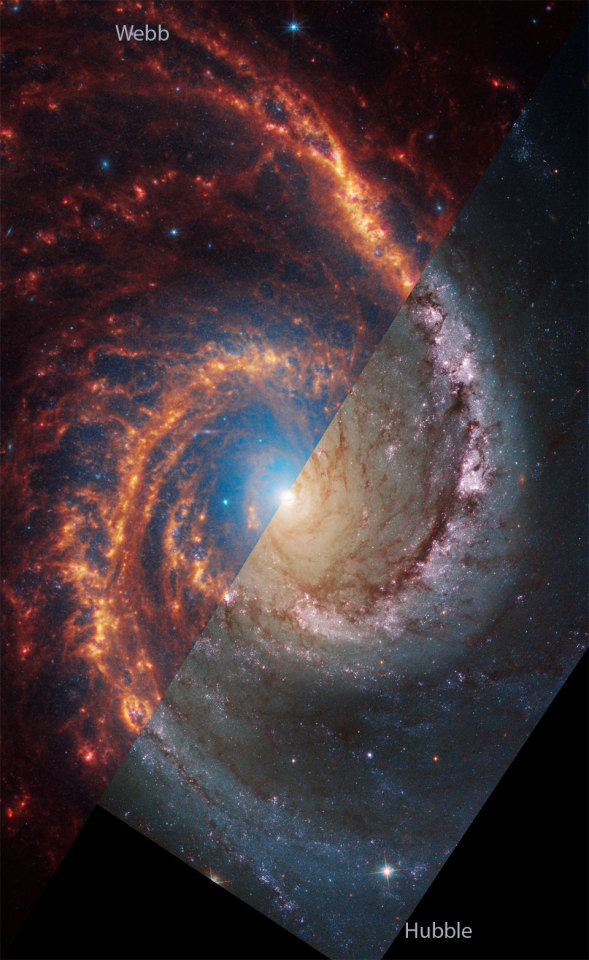
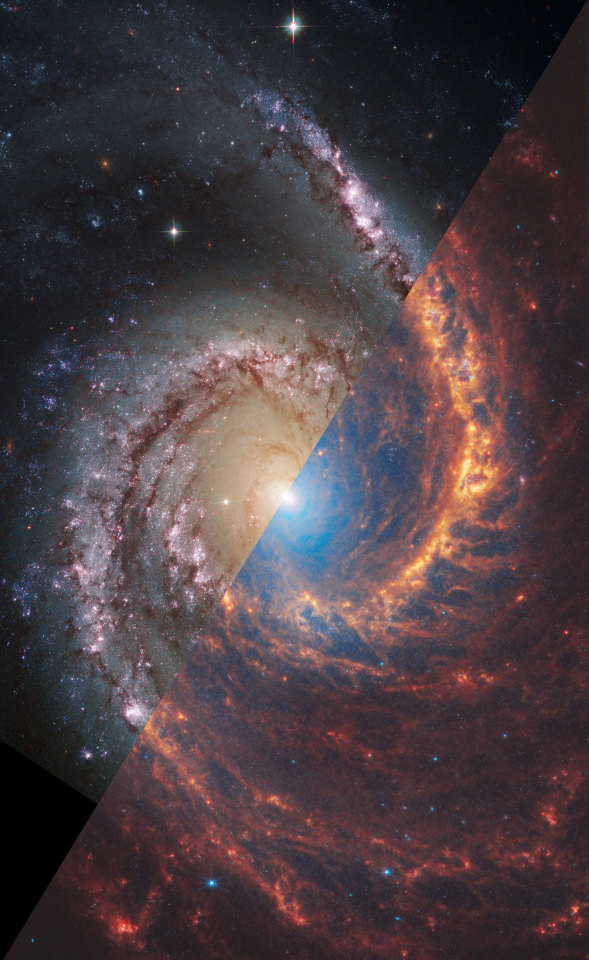


Spiral Galaxies from Webb & Hubble: NGC 1566 4303 3351
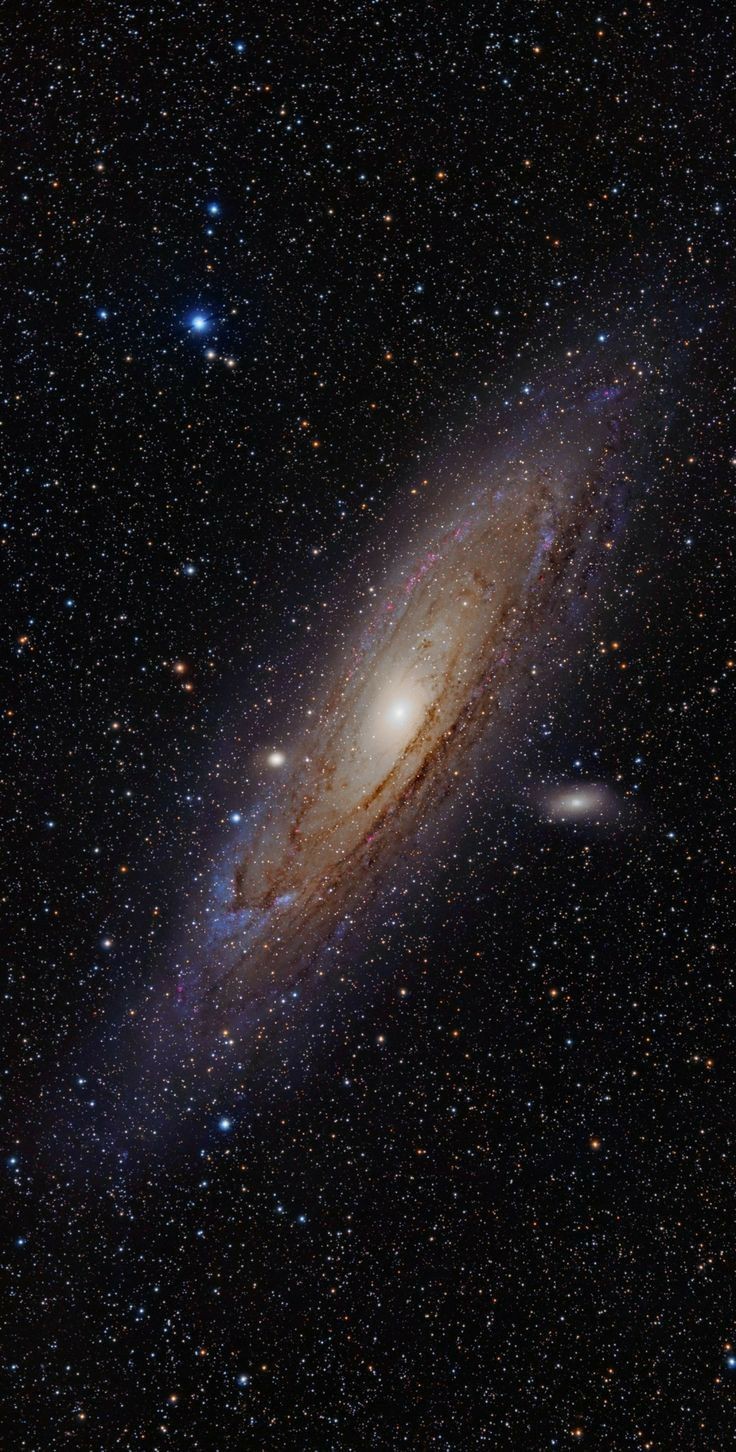
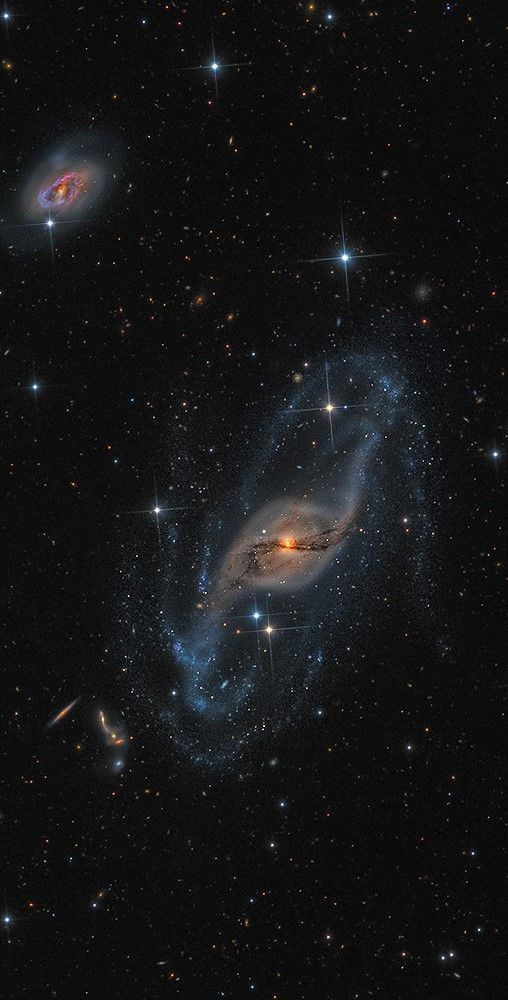

Did Betelgeuse Swallow a Binary Partner ?
The star hit the news back in late 2019 when it suddenly dimmed in an event known as the great dimming, and since there's been a lot of papers and theories to what really happened.

At the time, there was talk of supernova from a minority, while most astronomers reserved judgement on this, which turned out to be the right call, although even they had to admit bafflement at why this star suddenly become so dim.
Since, then the prevailing and mostly accepted theory is that the star ejected a huge amount of material which included carbon and thus concealed parts of the star, causing the dimming.

A new paper from Department of Physics and Astronomy at Louisiana State University has looked at another idea, that at some point in the recent past the star had consumed a binary partner.
While the study can only make suggestions at this point, some of the observed facts about Betelgeuse certainly fit the bill. The star spins very quickly for an old supersized red giant, even faster than our own sun, and the team believe a past consumption may have transferred energy to the star, accounting for this spin rate.
The next thing was that the super giant star didn't just dim, it rebounded and actually brightened considerably too. These events of material coming to the surface and briefly causing a brightening effect are predicted through models of this occurrence.
The star is not likely to go supernova anytime soon, but I would put bets on the likelihood of the star surprising us once again in the coming decades.

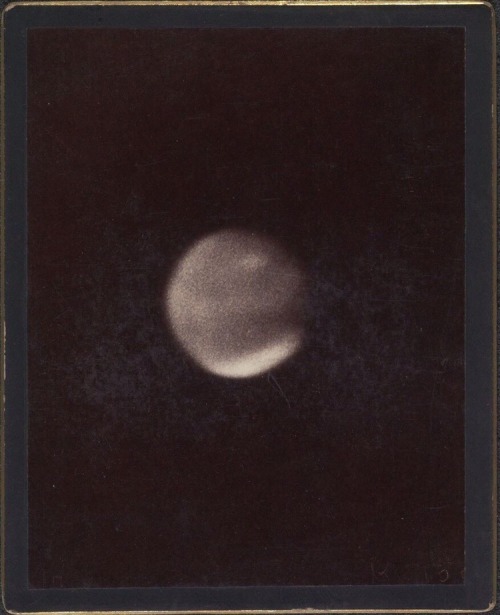
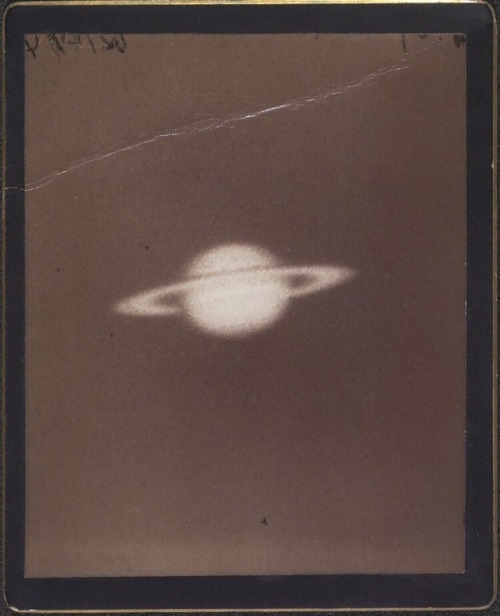
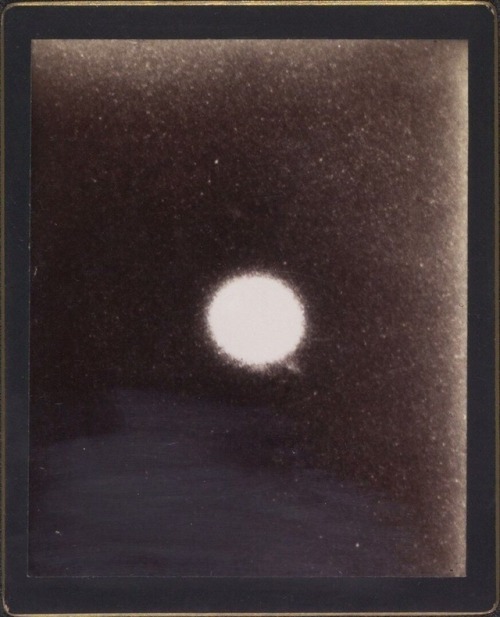
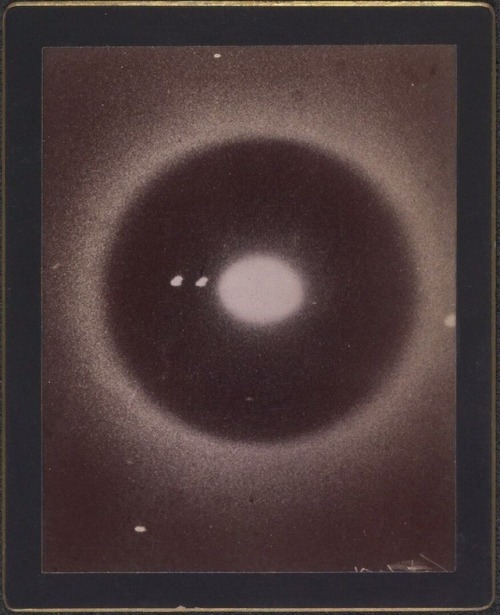
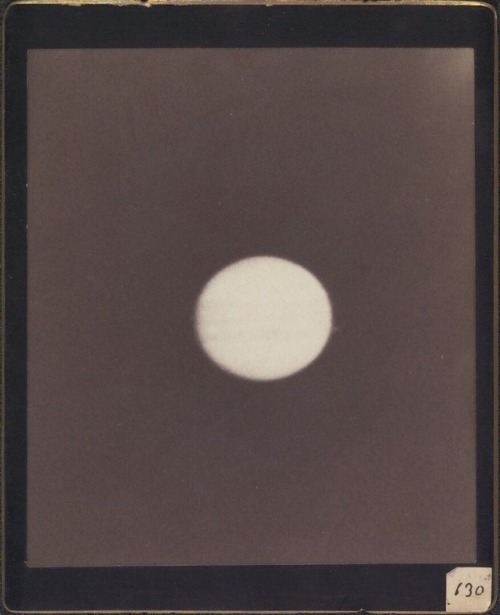
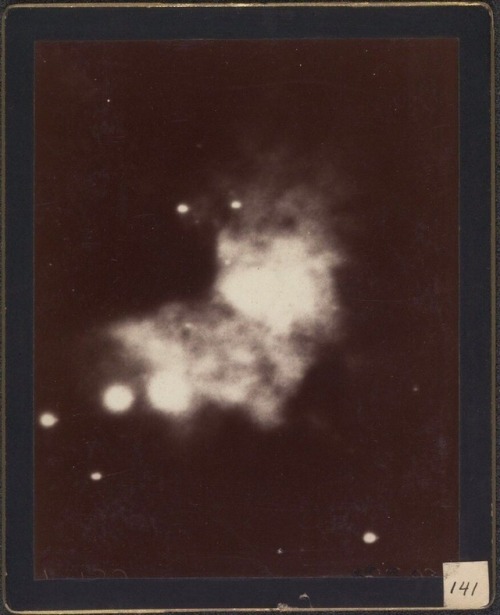
Astronomical photographs, Harvard College Observatory, Cambridge, 1890-1920
I'm having too much fun taking Skye sky photos on a cloudless winter's night. From May until the end of July it doesn't get dark enough for stars. (Pixel 5 in Night Mode / Astrophotography AI on.)




Into the Cosmic Heart, IC 1850 © Aleix Roig

Earth, which is about 898 million miles (1.44 billion kilometers) away in this image, captured by NASA's Cassini spacecraft 🚀
-
 that-thing-that-happens liked this · 1 week ago
that-thing-that-happens liked this · 1 week ago -
 flightrallierrigelia liked this · 1 week ago
flightrallierrigelia liked this · 1 week ago -
 troystory-enthusiast reblogged this · 1 week ago
troystory-enthusiast reblogged this · 1 week ago -
 miranda-in-mind89 liked this · 2 weeks ago
miranda-in-mind89 liked this · 2 weeks ago -
 john-erby liked this · 2 weeks ago
john-erby liked this · 2 weeks ago -
 einsteinspencil reblogged this · 2 weeks ago
einsteinspencil reblogged this · 2 weeks ago -
 honeden liked this · 2 weeks ago
honeden liked this · 2 weeks ago -
 shadow-pixelle reblogged this · 2 weeks ago
shadow-pixelle reblogged this · 2 weeks ago -
 mysticasfuck reblogged this · 3 weeks ago
mysticasfuck reblogged this · 3 weeks ago -
 la-autismonauta liked this · 4 weeks ago
la-autismonauta liked this · 4 weeks ago -
 bookishblatherings reblogged this · 4 weeks ago
bookishblatherings reblogged this · 4 weeks ago -
 herehaveafandom reblogged this · 4 weeks ago
herehaveafandom reblogged this · 4 weeks ago -
 finemeal reblogged this · 1 month ago
finemeal reblogged this · 1 month ago -
 monstrumzirkus reblogged this · 1 month ago
monstrumzirkus reblogged this · 1 month ago -
 finemeal liked this · 1 month ago
finemeal liked this · 1 month ago -
 naminethewitch reblogged this · 1 month ago
naminethewitch reblogged this · 1 month ago -
 blurry119 liked this · 1 month ago
blurry119 liked this · 1 month ago -
 leithlovesyou reblogged this · 1 month ago
leithlovesyou reblogged this · 1 month ago -
 paradox-of-pisces reblogged this · 1 month ago
paradox-of-pisces reblogged this · 1 month ago -
 drbrainman reblogged this · 1 month ago
drbrainman reblogged this · 1 month ago -
 hopelesshazazel reblogged this · 1 month ago
hopelesshazazel reblogged this · 1 month ago -
 hopelesshazazel liked this · 1 month ago
hopelesshazazel liked this · 1 month ago -
 aqua-fail reblogged this · 1 month ago
aqua-fail reblogged this · 1 month ago -
 star-41306 liked this · 1 month ago
star-41306 liked this · 1 month ago -
 literallylooney reblogged this · 1 month ago
literallylooney reblogged this · 1 month ago -
 brittritz reblogged this · 1 month ago
brittritz reblogged this · 1 month ago -
 tripleatechie reblogged this · 1 month ago
tripleatechie reblogged this · 1 month ago -
 tripleatechie liked this · 1 month ago
tripleatechie liked this · 1 month ago -
 tsunderefairy reblogged this · 1 month ago
tsunderefairy reblogged this · 1 month ago -
 tsunderefairy liked this · 1 month ago
tsunderefairy liked this · 1 month ago -
 paranormaltheatrekid reblogged this · 1 month ago
paranormaltheatrekid reblogged this · 1 month ago -
 paranormaltheatrekid liked this · 1 month ago
paranormaltheatrekid liked this · 1 month ago -
 zukoandhisdragon liked this · 1 month ago
zukoandhisdragon liked this · 1 month ago -
 heatherfield reblogged this · 1 month ago
heatherfield reblogged this · 1 month ago -
 heatherfield liked this · 1 month ago
heatherfield liked this · 1 month ago -
 ryik-the-writer reblogged this · 1 month ago
ryik-the-writer reblogged this · 1 month ago -
 jdhnyc123 reblogged this · 1 month ago
jdhnyc123 reblogged this · 1 month ago -
 cute-alma123 reblogged this · 1 month ago
cute-alma123 reblogged this · 1 month ago -
 cute-alma123 liked this · 1 month ago
cute-alma123 liked this · 1 month ago -
 lakeshirtsecurity liked this · 1 month ago
lakeshirtsecurity liked this · 1 month ago -
 catlizard reblogged this · 1 month ago
catlizard reblogged this · 1 month ago -
 catlizard liked this · 1 month ago
catlizard liked this · 1 month ago -
 eldritchbauble liked this · 1 month ago
eldritchbauble liked this · 1 month ago -
 budinmyblood reblogged this · 1 month ago
budinmyblood reblogged this · 1 month ago -
 nicilarubia liked this · 1 month ago
nicilarubia liked this · 1 month ago

★•Astronomy, Physics, and Aerospace•★ Original and Reblogged Content curated by a NASA Solar System Ambassador
204 posts
